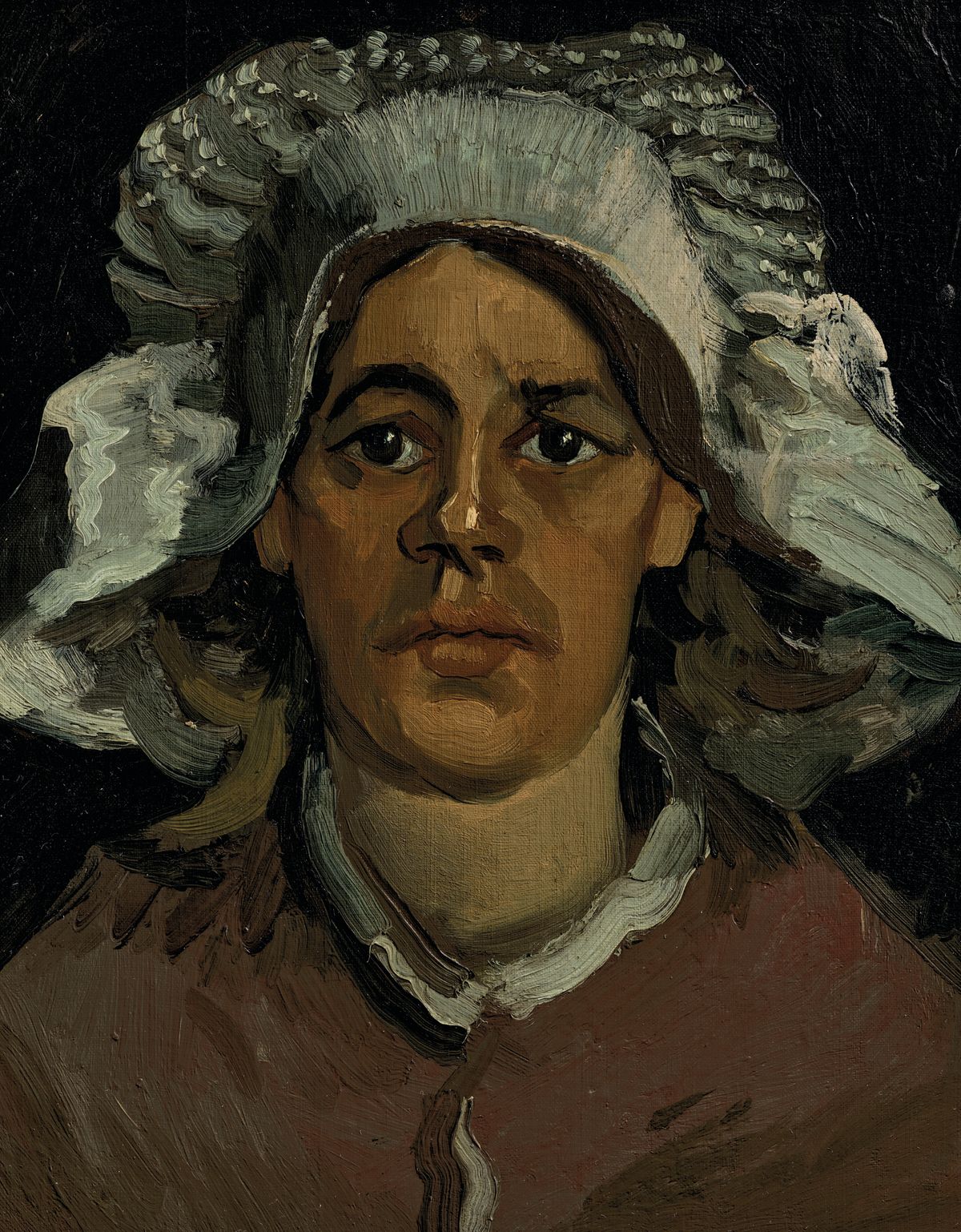Van Gogh’s painting of the peasant woman Gordina de Groot has just gone on display in the Noordbrabants Museum in ’s-Hertogenbosch, in the south of the Netherlands. It had been in the same family from 1903 until its sale at Christie’s in February 2023, when it was sold by the descendants of the banker Henri Daniel Pierson. Other than for a few days before last year’s sale, the picture was previously exhibited in 1943, during the war, in Zurich.
Head of a Woman (Gordina de Groot) (March-April 1885) sold to a London-based owner, which is unusual, since very few Van Goghs now end up in England. Their identity remains confidential, but it is believed to be a collector with wide artistic interests.
Helewise Berger, the Noordbrabants 19th-century curator, travelled to London last September with her director, Jacqueline Grandjean, and convinced the new owner to lend the picture to the museum for six months. There it has just gone on display with nine other Van Gogh paintings which are normally on show.
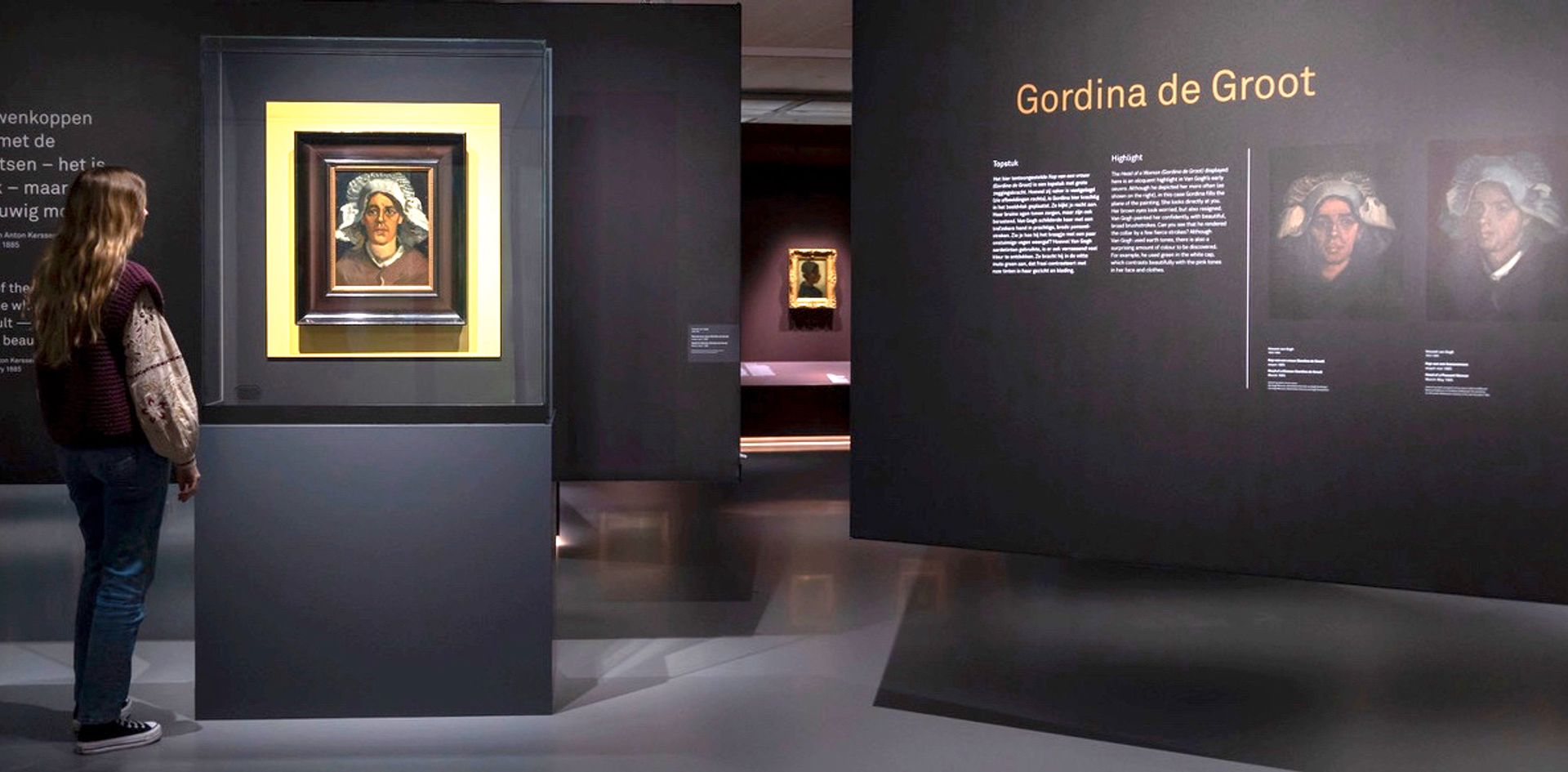
The Noordbrabants Museum’s Van Gogh display, with Head of a Woman (Gordina de Groot)
Photo: Het Noordbrabants Museum, ’s-Hertogenbosch
Berger reveals that the Noordbrabants Museum bid at the Christie’s auction, where the estimate was £1m-£2m. This fine painting was eagerly sought, going for £4,842,000, more than the museum could then bid. Berger told us: “We are still very interested in trying to buy it.”
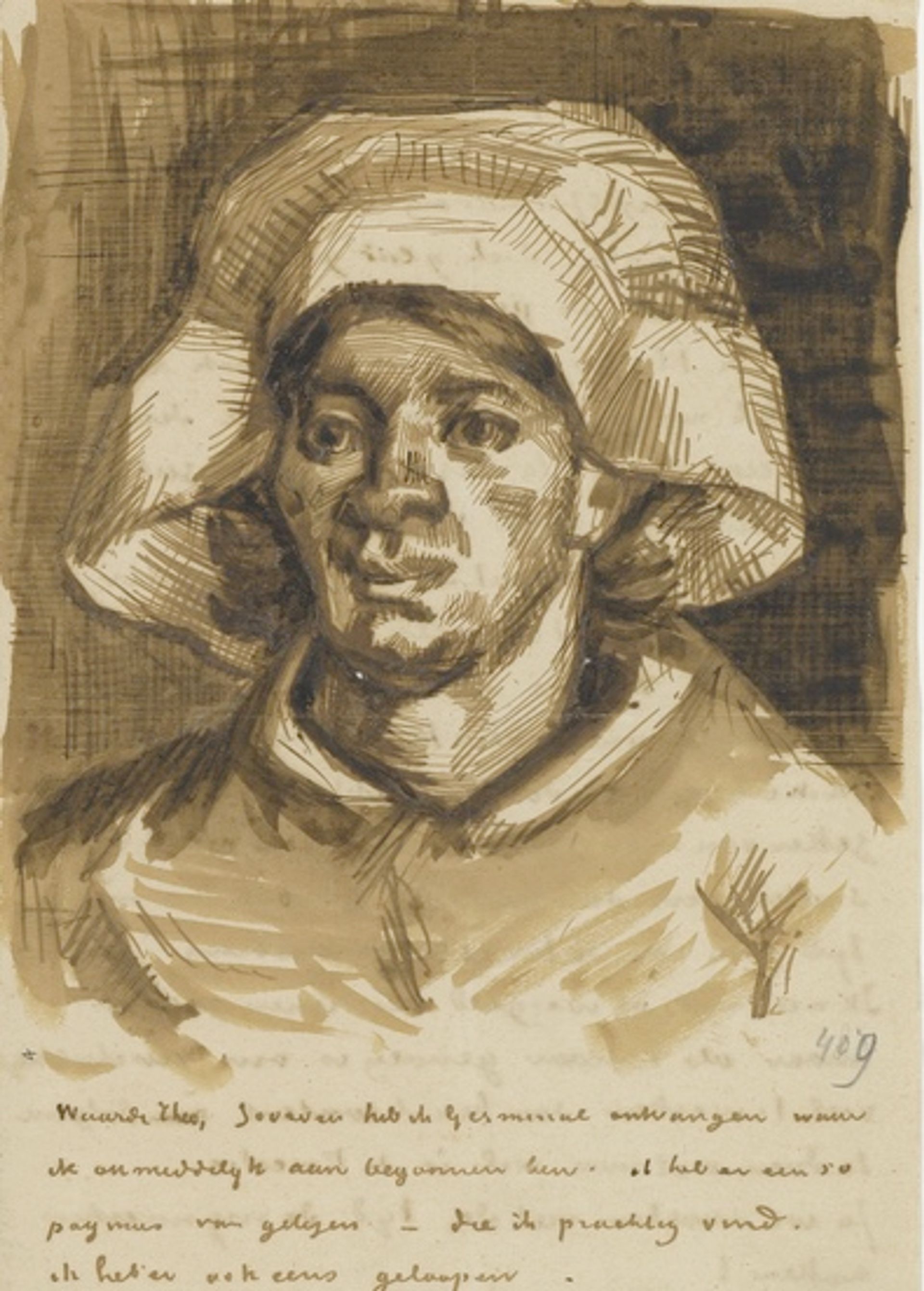
Van Gogh’s sketch of another painting of Gordina de Groot, in his letter to Theo, around 28 May 1885
Image: Van Gogh Museum, Amsterdam (Vincent van Gogh Foundation)
Van Gogh depicted De Groot in at least six other paintings, as he was honing his portraiture skills. This was to help him create his first masterpiece, The Potato-Eaters (April-May 1885), where she was among five people around the table. He also made a lithograph based on the painting (showing the image in reverse).
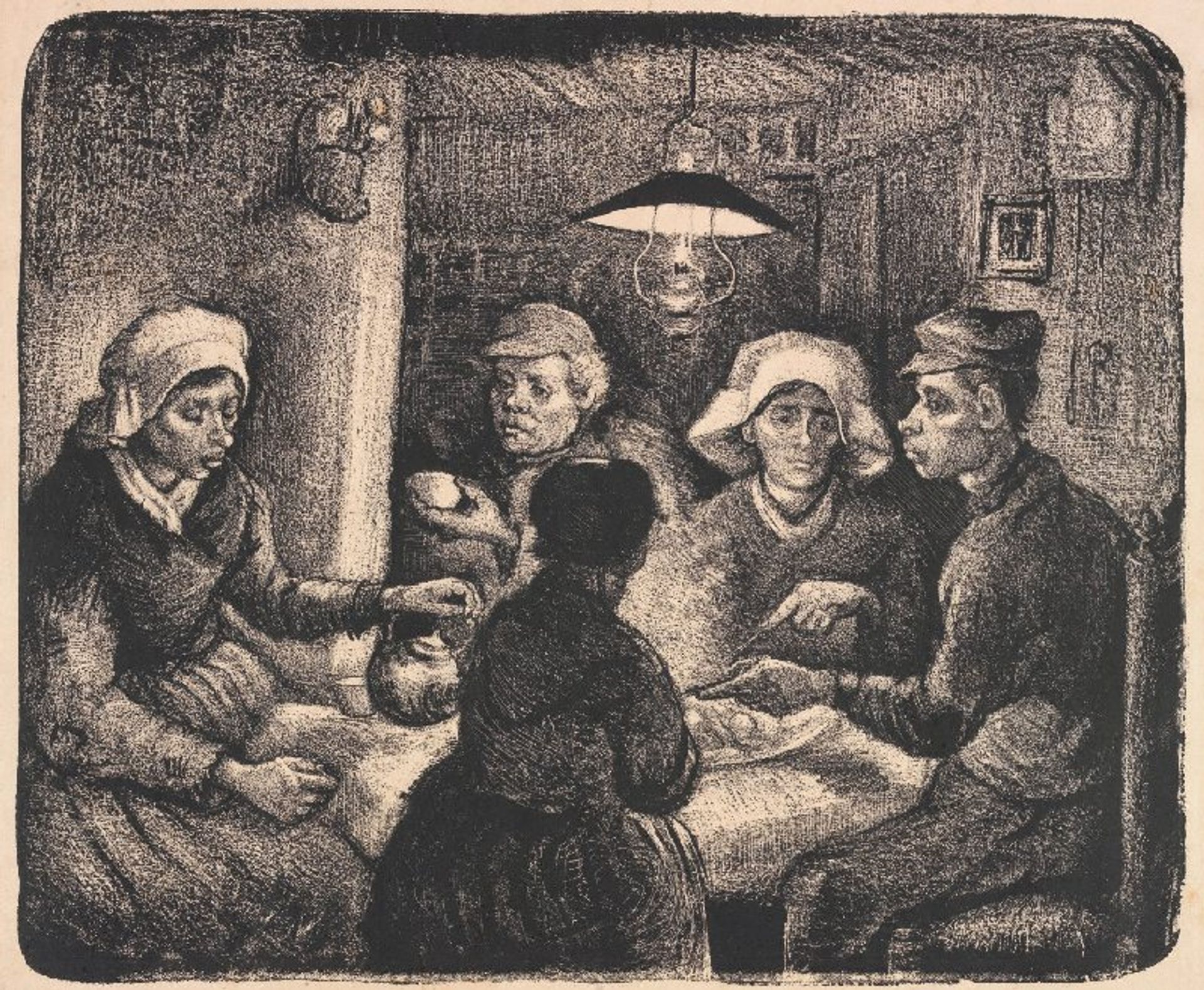
Van Gogh’s lithograph of The Potato-Eaters (April 1885), with Gordina de Groot towards the right in the print
Image: Van Gogh Museum, Amsterdam (Vincent van Gogh Foundation)
Vincent was then living in the southern Dutch village of Nuenen, where he was staying with his parents. De Groot’s posing for the artist led to considerable gossip, and the rumour circulated that he had got the unmarried woman pregnant. At this point she had just turned 30, while he was 32.
Vincent vehemently rebutted this suggestion, telling his brother Theo on 2 September 1885: “A girl I’d often painted was having a child and they thought it was mine, although it wasn’t me.”
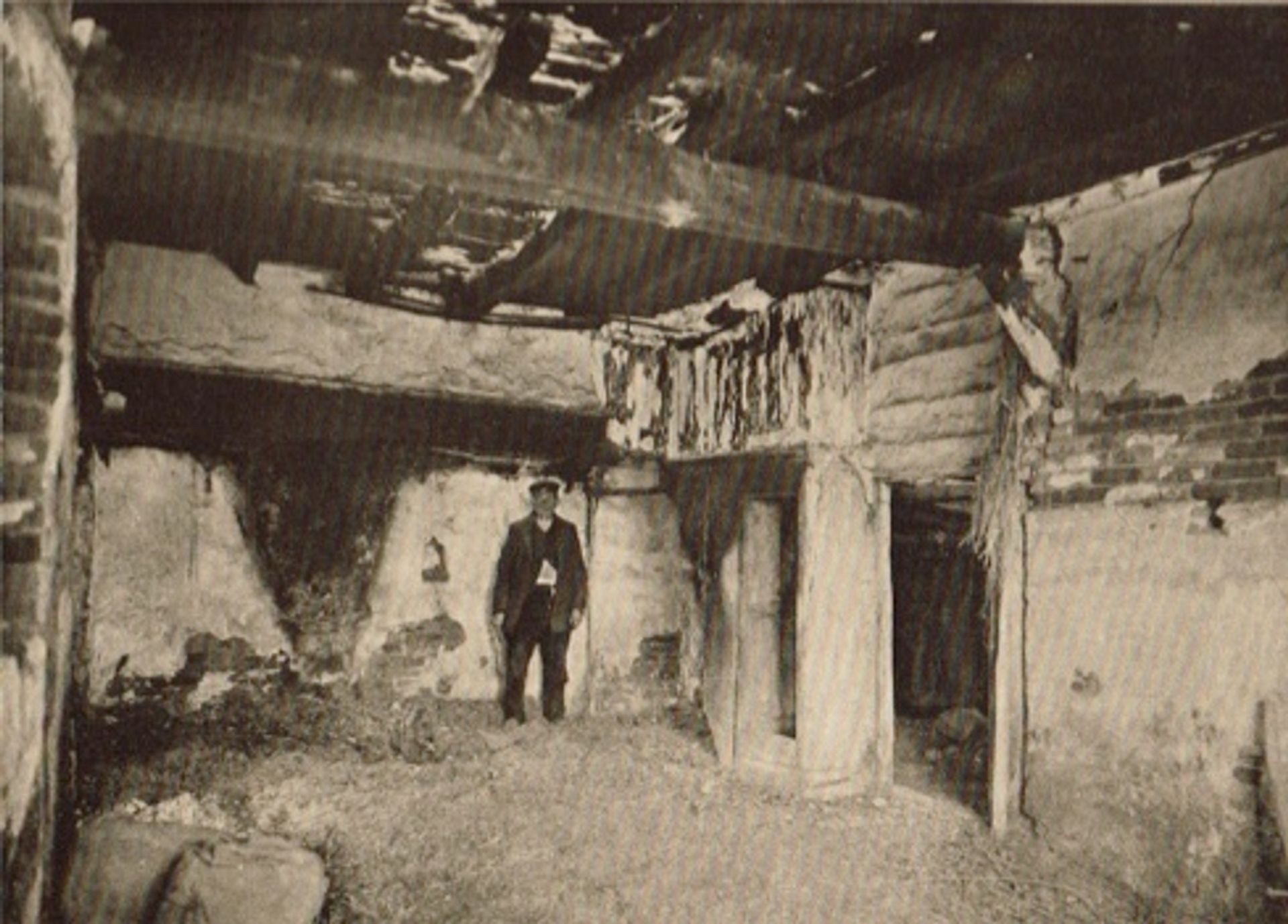
Photograph (around 1925) of the interior of the former house of Gordina’s family, home of the potato-eaters, in a road now named Gerwenseweg. The man is Gordina’s brother, Gijsbertus de Groot
Photo: Published in the book by Benno Stokvis, Nasporingen omtrent Vincent van Gogh in Brabant (1926)
What happened to Gordina? Her son, named Cornelis after Gordina’s own father, was born on 20 October (seven months after completion of the painting now on loan to the Noordbrabants Museum) in Gerwen, then a hamlet, a kilometre from the centre of Nuenen. No name is given for the father on the birth certificate. Van Gogh left Nuenen on 24 November 1885 to move to Antwerp, without ever seeing the new-born infant.
Little is known about Gordina’s life, but she never married. Gordina died in Gerwen in 1927, aged 71. Her son became a factory worker and also died in Gerwen, in 1951.
Two years ago DNA research by Toine van der Weerden, who is distantly descended from Gordina, seemed to indicate that Van Gogh was vindicated. DNA tests showed that one of Gordina’s great grandchildren (Eric and Carolien de Groot) appeared to be unrelated to a great great grandson of Vincent’s brother Theo (Lieuwe van Gogh).
The evidence may not be conclusive, but it probably reinforces Vincent’s claim that Gordina’s lover was someone else. In October 1887, two years after leaving Nuenen, Vincent asked his sister Wil, “did her child live?”. He also enquired whether Gordina “married her cousin?”, suggesting that it could have been a relative who was the father.


